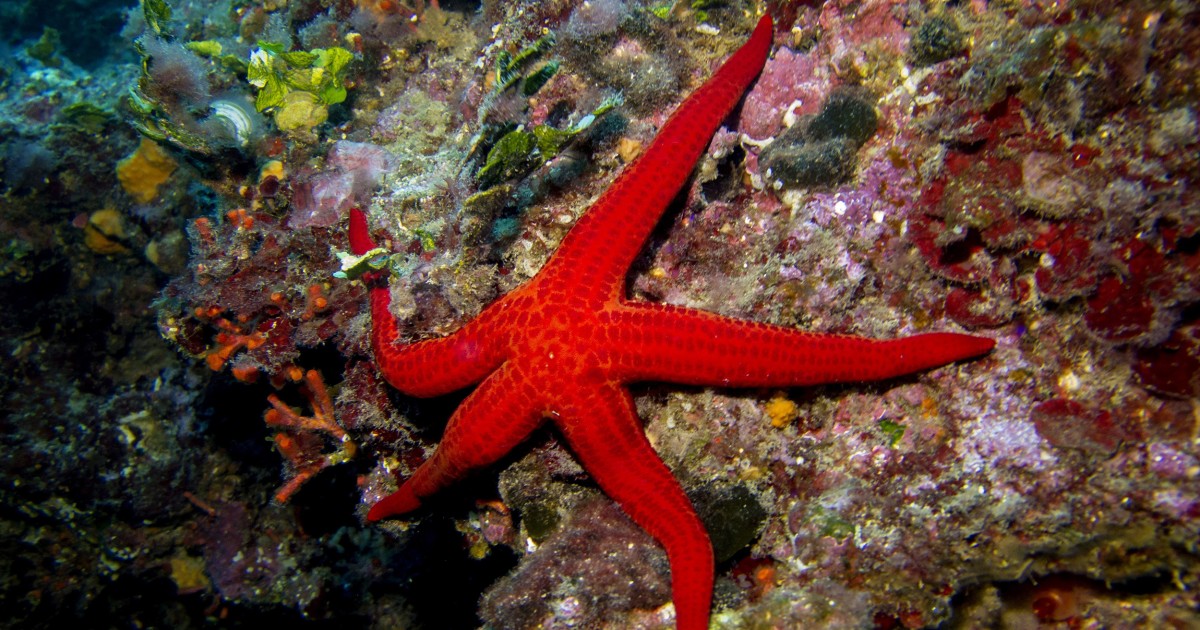A mysterious debilitating disease seen in starfish around the world could be the result of respiratory problems associated with warming the oceans, according to a new study. These environmental changes are likely to be depleting oxygen in the oceans, scientists said, causing starfish to “drown”.
In a survey published online on Wednesday in the journal Frontiers in Microbiology, scientists detailed cases of what is known as starfish loss syndrome. The disease, which causes the creature’s tissue to decompose and eventually fragment, can trigger mass death. Outbreaks recorded in the past seven years have even threatened some species with extinction.
Now, scientists can finally know what is to blame: the warming of the oceans is fueling the increase in organic matter and oxygen-sucking bacteria in these aquatic habitats. The resulting low-oxygen environments are preventing starfish from being able to breathe properly, the researchers found.
“As humans, we breathe, ventilate, bring air into our lungs and exhale,” said Ian Hewson, a biological oceanographer at Cornell University and one of the authors of the new study, in a statement. “Starfish diffuse oxygen over their outer surfaces through small structures called papules, or cutaneous gills. If there is not enough oxygen around the papules, the starfish cannot breathe. “
Hewson and his colleagues found that warming conditions can lead to higher than normal concentrations of organic material in the ocean, which in turn allows a type of bacteria called copiotrophic to develop. These microorganisms feed on carbon and, as they consume organic matter, deplete oxygen in the water.
When starfish in these environments do not get enough oxygen, they experience breathing difficulties and begin to develop the lesions characteristic of the starfish loss syndrome, according to the study.
“It’s a cascade of problems that starts with changes in the environment,” said Hewson.
Scientists are eager to discover the root cause of the starfish loss syndrome, because the disease can lead to major deaths.
“If you have a dead, rotting starfish next to a healthy starfish, all the organic matter in that dead one disperses and feeds the bacteria, creating a hypoxic environment,” said Hewson. “It looks like a disease is being transmitted.”
Hewson added that more research is needed to better understand the ecological conditions that contribute to the starfish destruction syndrome, which could include expanding studies to examine broader domino effects.
“We must now include microorganisms that do not directly cause the pathology, as they may be the key to affecting the health of starfish,” he said.


